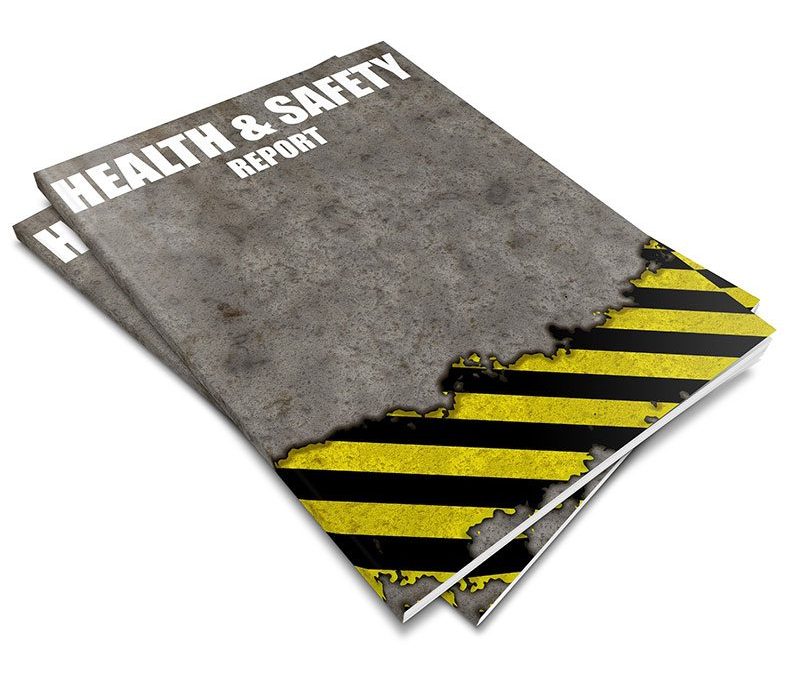At PSE Associates we recognise the importance of health and safety training and, as part of this, all our staff undertake asbestos awareness courses. This is to ensure that they are familiar with all procedures to be followed, both pre and post contract, and the areas where asbestos could potentially be discovered.
As we work not only on new build projects but also on redevelopments of existing sites, we are very conscious of health and safety issues and make sure that we keep up-to-date with all the most recent legislation; to maintain the safety of our team and anyone else on site.
We also draw on the expertise of health and safety consultancy Bernard Sims Associates, who have advised us on workplace and site issues for many years.
When redeveloping an existing building, one worry which is always at the forefront of our minds is the discovery of asbestos. As a building material, it was used extensively from the 1950s through to the mid-1980s and while finding it on a site is less common nowadays, it does happen. And, having been around as a company for three decades, it is something we’ve had to become very familiar with over the years.
During its heyday, asbestos was popular as it acts as an insulator, has good fire protection properties and protects against corrosion – so was used in many construction materials and building fittings, including ceiling tiles, pipe insulation, boilers and sprayed coatings.
Asbestos is a natural fibrous rock and there are three main types: crocidolite (or blue asbestos), amosite (or brown asbestos) and chrysotile (also known as white asbestos).
Working on a construction site comes with many potential health and safety hazards – the majority of which can be avoided if the correct rules are followed. However, asbestos poses the biggest occupational disease risk to construction workers and site visitors.
Asbestos can cause two types of cancer – mesothelioma, a cancer of the lung lining which is always fatal and asbestos-related lung cancer, which is almost always fatal. Asbestos is also linked to other serious lung diseases, such as asbestosis and diffuse pleural thickening.
According to figures from the HSE (Health and Safety Executive), there were 2,595 mesothelioma deaths in 2016 and is estimated that there were, in addition, a similar number of deaths due to asbestos-related lung cancer.
Asbestos materials only present a risk to health when the fibres become airborne – if it is cut or drilled, for instance, during construction work. The risk of contracting an asbestos-related disease is affected by the total number of fibres breathed in. However, any affect is not immediate and it can take 15 to 60 years before symptoms are developed.
The HSE reports that annual deaths increased steeply over the last 50 years, largely as a result of asbestos exposure prior to 1980, and are now expected to continue at current levels for the rest of the decade before declining.
Because of the risk that asbestos causes and the fact that a long period of time can pass before somebody can develop an asbestos-related disease, anyone involved in the construction industry is expected to follow a strict list of procedures if asbestos is discovered and make extensive records – which need to be kept for a period of 40 years.
PSE Associates provides traditional professional Quantity Surveying and Project Management services to many brand leaders in the leisure, retail and commercial sectors
